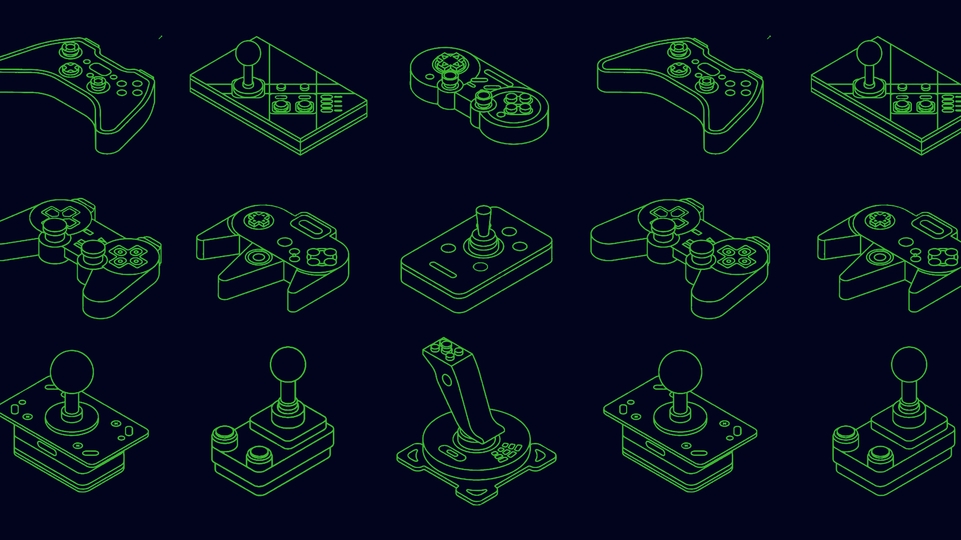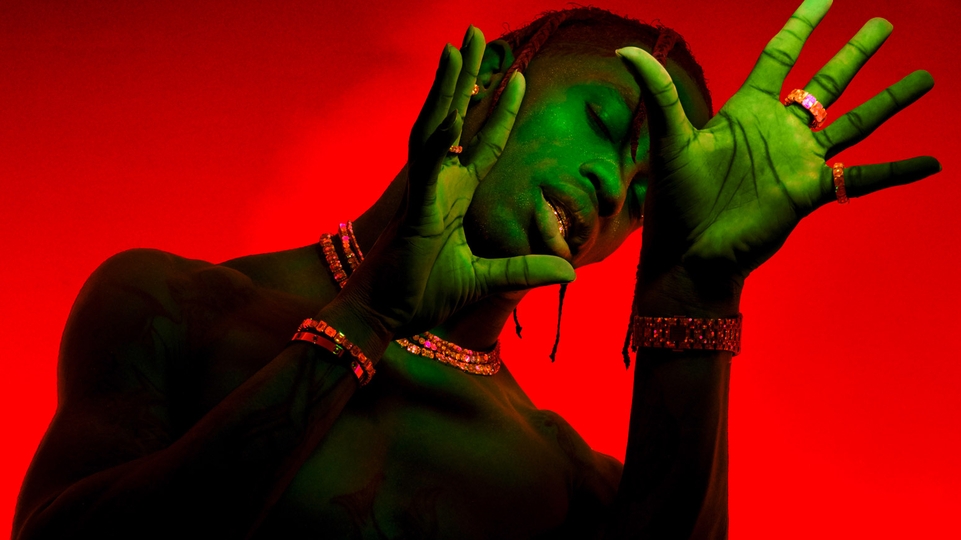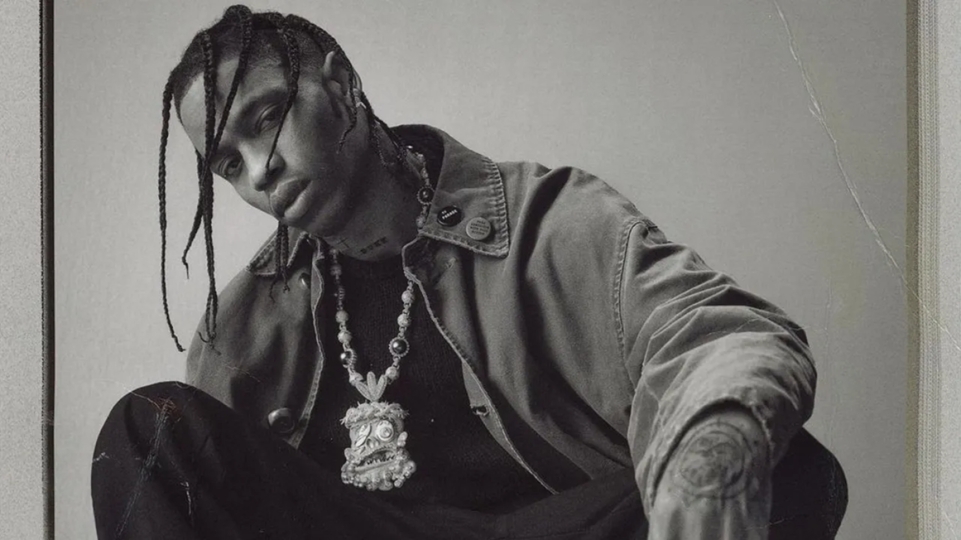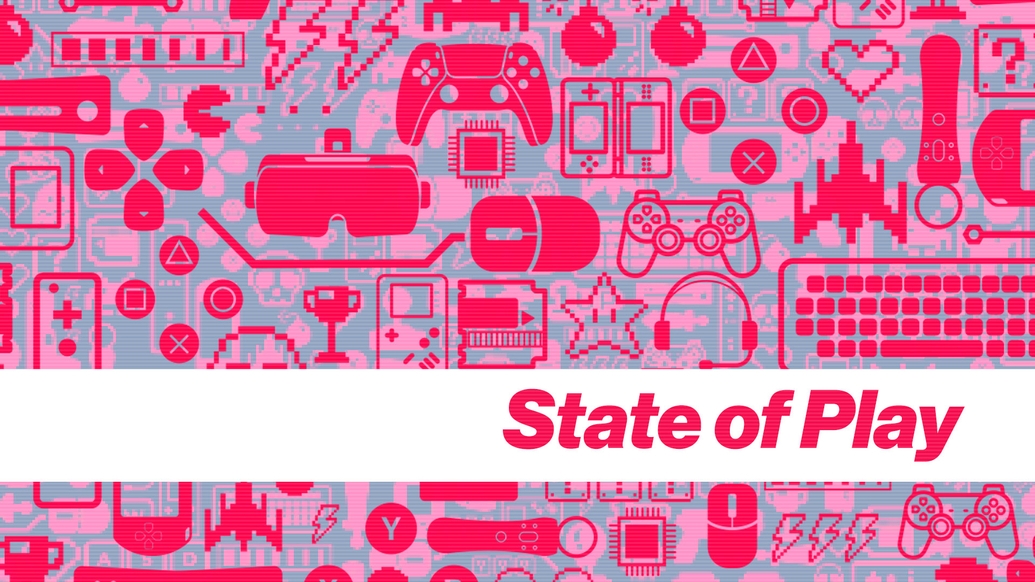
State of Play: the rise of in-game concerts
In our new monthly column, State of Play, Cherie Hu explores the fast-growing intersection of music and gaming: how these worlds are coming together to create new experiences, for gamers and music fans alike. For the first edition, Hu takes a look at the rise of in-game concerts, and the new role of the gamer as online performer
Hi there! I’m Cherie, a writer who focuses on the intersection of music and technology. On a higher level, I’m interested in how technology and tech companies impact the way artists make a living, build their brands and reach fans. Games have served as an indispensable player in this equation over the past few decades, providing both an immersive creative playground for artists and a lucrative business model for music companies and rights holders. In the wake of the COVID-19 pandemic in particular, games and game worlds have emerged as potential digital alternatives to in-person concert venues, and as outlets for entirely new paradigms of interactive, at-home entertainment for music lovers. In this column, I’ll explore the theoretical concepts and real-world case studies that are shaping how these hybrid music-game experiences are coming to life today, with the hopes of opening up your mind to what’s possible within this fast-growing, fast-changing ecosystem.
In-game concerts, such as Travis Scott’s shows in Fortnite and Open Pit’s festivals in Minecraft, have become the pinnacle of a new generation of immersive musical entertainment amidst the COVID-19 pandemic. Key benefits of this paradigm include the ability to design fantastical, larger- than-life, immersive environments without the physical constraints of the real world, as well as more interactive, self-directed experiences that are central to the player experience in any game.
But there’s a whole, separate layer of spectatorship that has been largely untapped to date. Namely, logging into the game directly isn’t the only way to watch an in-game concert. Fans can also experience the show one level removed, by watching other players stream the concert in real time on a live-streaming platform like Twitch, YouTube or Facebook. This creates a situation where players, not just artists, can also be performers; putting their own interactions with and perspectives on the concert on display for others to consume.
The notion of a game player as a performer has roots both in academic game research and in real- world case studies. In her 2009 paper Play’s The Thing, researcher Clara Fernández-Vara explains that the way a player actively interacts with a given game environment, trying to figure out and enact the game’s mechanics in real time, inherently makes them a performer, like an actor manifesting the directions of a written screenplay onstage. In turn, “video games can have a spectatorship,” says Fernández-Vara. “The player performs as she plays, so other people can watch that performance too.”
This concept is already normalised in the world of esports. Prior to the COVID-19 pandemic, championship tournaments for games like Overwatch and League Of Legends regularly sold out stadiums and arenas around the world with a five-figure capacity in days or even seconds — an achievement any modern music celebrity dreams of.
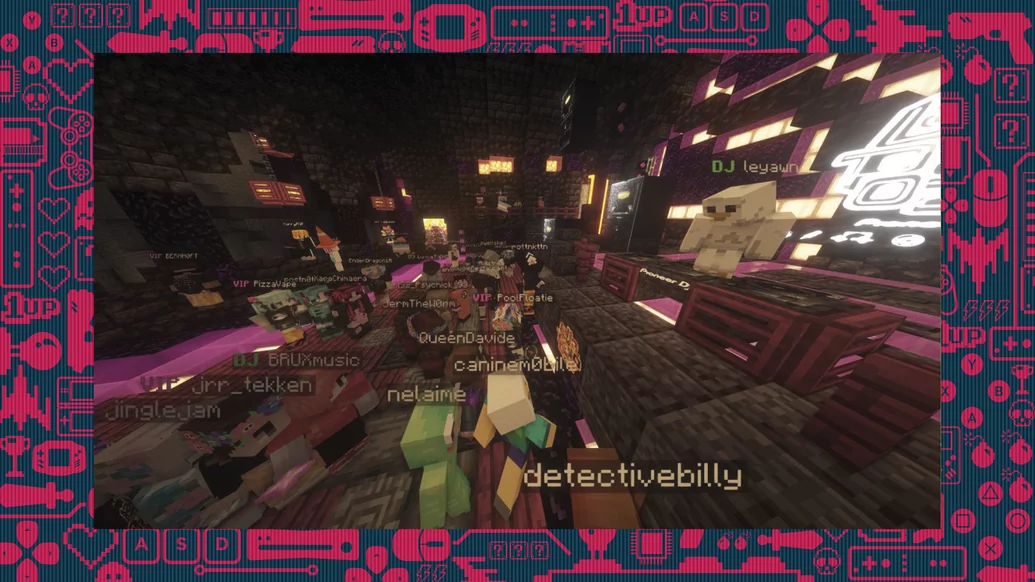

Beyond one-off esports tournaments, there’s also a whole cottage industry of everyday players who stream themselves playing games from their bedrooms, building up massive audiences along the way. Travis Scott’s Fortnite show was a prime example of how this economy works in practice: Over 27 million unique players watched his show from within the Fortnite game, but if you search a phrase like “Travis Scott Fortnite Concert Full” on YouTube, you’ll also find nearly 200,000 results of third-party reaction videos with millions of collective views, mostly uploaded by fans.
The most popular reaction video for Travis Scott’s show is from top game streamer Ninja, who is worth an estimated $25 million and has collaborated frequently with the music industry in the past. What makes his stream so interesting is that while the visual elements of the show were premeditated by Scott and Epic Games, Ninja himself ultimately controlled his own avatar’s perspective.
The only way he could catch the totality of the 360-degree visuals and animations unfolding around him was not merely by sitting back and “taking it all in”, as you might do at a show, but by deliberately controlling his own character, running around the Fortnite island and constantly switching his in-game camera angles. The resulting perspective is unique to Ninja’s personality, and comes out in his reaction videos in a way that’s intriguing and entertaining to fans. Ninja’s live reaction video to Scott’s show has over 12 million views.
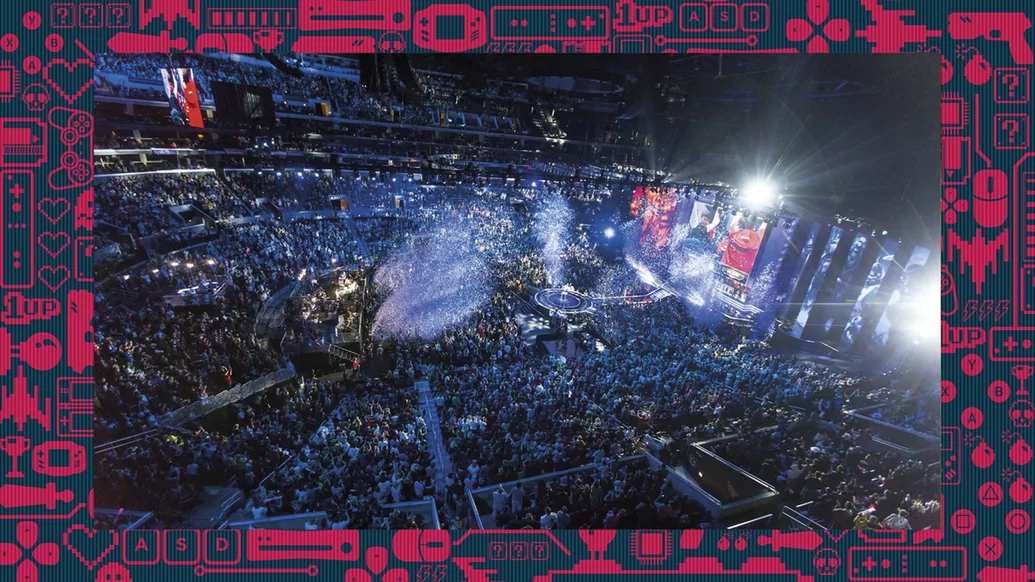

This situation is quite familiar to fan dynamics that already take hold in certain genres independent of games, such as when K-pop’s fancams deliberately zoom in on a specific performer during a live concert. In fact, the marketing possibilities around in-game concerts, in highlighting both the fan’s agency in the game and the secondary level of spectatorship that results, remain largely untapped.
Due to potential copyright and licensing issues, most musicians and labels seem to want to avoid it — but what if you could incorporate the ecosystem of fan-driven content around an in-game concert into the way you market future ones, or perhaps into the campaign for an upcoming album? Player agency, not just the artist’s performance per se, is central to the in-game concert experience. This should be acknowledged by artists and game developers alike.
In fact, at its most powerful, an “in-game concert” isn’t actually a concert. It’s a dynamic, immersive visual system, soundtracked with compelling music, that fans can move around, explore and chart their own paths through. The artist merely controls the set of possibilities of what those paths look like. The very nature of a concert changes when it’s no longer the same, static experience for everyone in the audience, but rather an open world for individual exploration and discovery that fans can plot out for themselves — and take other fans for the ride.
